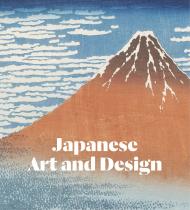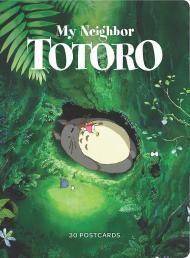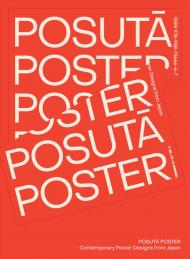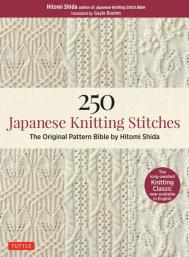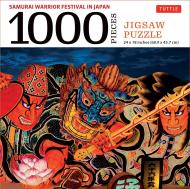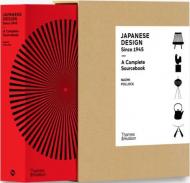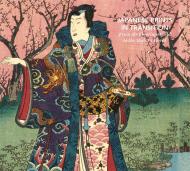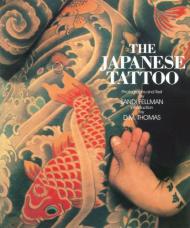A striking and unusual view of the rich variety of Japanese art.
Offering a superb insight into a wide array of Japanese art, the book highlights – close-up and in colour – outstanding examples of design and craft in prints, paintings and screens, metalwork, ceramics, wood, stone and lacquer and will provide endless creative inspiration.
By showing the complete artwork alongside enlarged details – sometimes virtually invisible to the naked eye – intriguing comparisons can be drawn between seemingly unrelated pieces and the full craftsmanship can be seen.
This title is ideal for anyone interested in decorative arts and design, general readers, students and art historians alike.
____________
Beautifully illustrated with an array of Japanese art, this book offers a closer look at the rich variety of styles, decoration, motifs and patterns – and the sheer craftsmanship – of Japanese culture. Opening with an introduction that asks ‘What is Japanese art?’, this book presents a selection of striking and fascinating art from Japan, organised into a series of thematic chapters in which the author provides cultural context while pointing out exceptional features. By showing the complete artwork alongside enlarged details – sometimes virtually invisible to the naked eye – intriguing comparisons can be drawn between seemingly unrelated pieces. The selection of illustrations evokes the hand and eye of the most accomplished Japanese craftsmen and women past and present. Offering a superb insight into a wide array of Japanese art, the book highlights – close up and in colour – outstanding examples of design and craft in prints, paintings and screens, metalwork, ceramics, wood, stone and lacquer and will provide endless creative inspiration.


